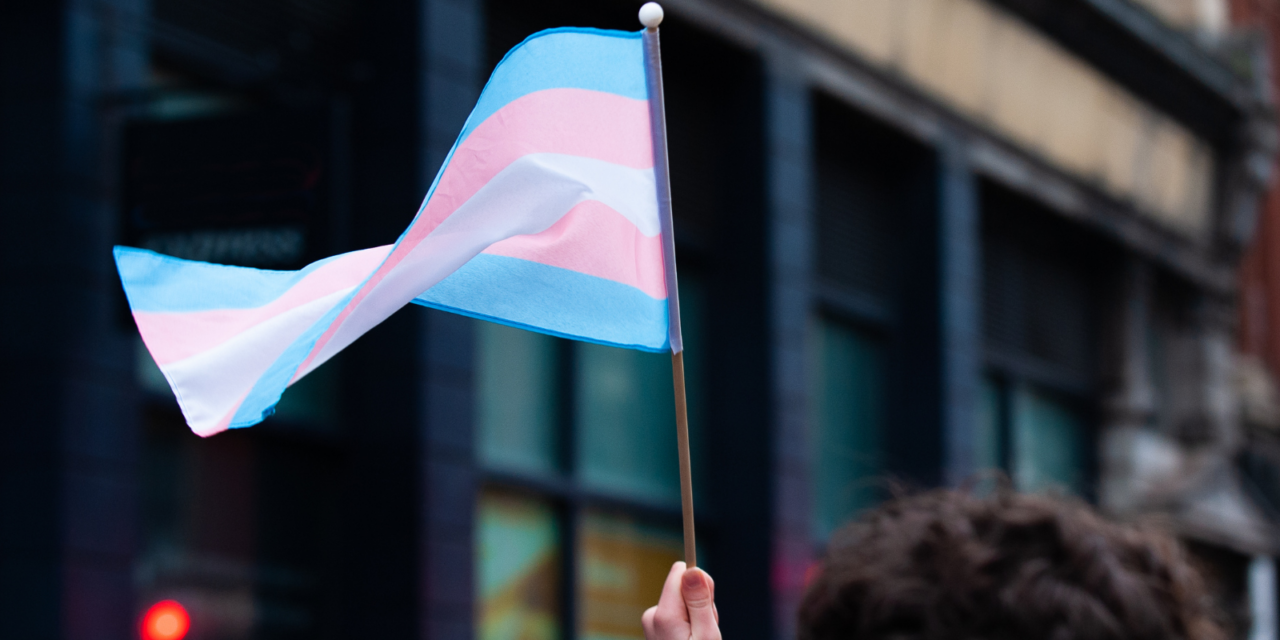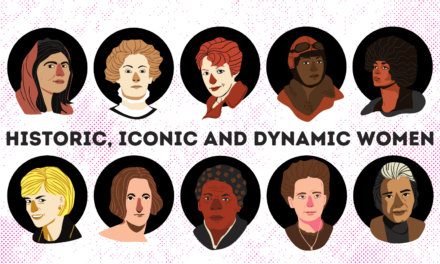Join the YES team in marking International Transgender Day of Visibility (TDOV). We’ll be discussing iconic and pioneering members of the trans community to the law around discrimination, and further reading and resources to explore!
What is Transgender Day of Visibility?
TDOV is observed every year on March 31 to raise awareness of discrimination faced by trans people worldwide. It is also a celebration of the trans communities contributions to society.
Before TDOV existed, the only day dedicated to the trans community was the Transgender Day of Remembrance: a day to remember all the trans people who have lost their lives to violence and suicide. However, in 2009, American transgender activist Rachel Crandall wanted to change that. Rachel introduced TDOV to remember the successes, contributions, and resilience of trans people. The day would also continue to highlight the oppression and violence still faced by the community. Despite this, “many transgender people choose not to participate in TDOV because they don’t feel comfortable being even more visible when they already face daily discrimination and hate.”
This brings us to why it is important…
The Home Office statistics (2023) say that transgender hate crimes reported to the police increased from 2022 by 11%. This equates to 4,732 offences. In addition, a Government Equalities Office report concluded that 88% of trans people do not report hate crimes they experience.
Stop Hate (a leading anti-hate and anti-discrimination organisation, established in direct response to the murder of Stephen Lawrence) says “Our society needs to grapple with racist, misogynist, ableist and heteronormative relations and beliefs that ostracise people based on their race, gender, sexuality, ability, or age.”
What and who should we know about trans history?
Many people from the trans community have played a significant role in history, art, and culture. All deserve to have their names and stories known. This includes but is in no way limited to:
Michael Dillon (1915-1962), a rower who attended Oxford College and later became a surgeon, was the first person to transition from female to male through hormones and surgery.
Roberta Cowell (1918-2011), a race driver and spitfire pilot in the Second World War, sought out medical help from Dillon to assist with her transition from male to female.
April Ashley (1935-2021) a model who was outed by a British newspaper in 1961. Ashley later went on to receive an MBE for her services to transgender equality at Buckingham Palace in 2012.
Marsha P.Johnson (1945-1992), a trans and LGBTQ+ activist who played a key role in the Stonewall Uprising and fought for equal rights alongside her friend Sylvia Rivera.
What is the law?
In the Equality Act 2010 you must not be discriminated against because of gender reassignment. This means proposing to undergo, undergoing or having undergone a process to reassign your sex. To be protected from gender reassignment discrimination, you do not need to have undergone any medical treatment or surgery to change from your birth sex to your preferred gender. You can be at any stage in the transition process, from proposing to reassign your sex, undergoing a process of reassignment, or having completed it. It does not matter whether or not you have applied for or obtained a Gender Recognition Certificate, which is the document that confirms the change of a person’s legal sex – from Gender reassignment discrimination.
Keen to learn more – check out the resources below!
How to be an Ally – Your East Sussex by East Sussex County Council
How to support your LGBTQ+ colleagues – Your East Sussex by East Sussex County Council
Hate crime, England and Wales, 2022 to 2023 second edition – GOV.UK (www.gov.uk)
Transgender Hate – Stop Hate UK – Stop Hate UK’s helpline service provides confidential and independent support, and people can report anonymously.
How to report hate crime | Sussex Police
Trans Pioneers – Trans and Gender-Nonconforming Histories | Historic England
Twentieth-Century Trans Histories – Trans and Gender-Queer Histories | Historic England




